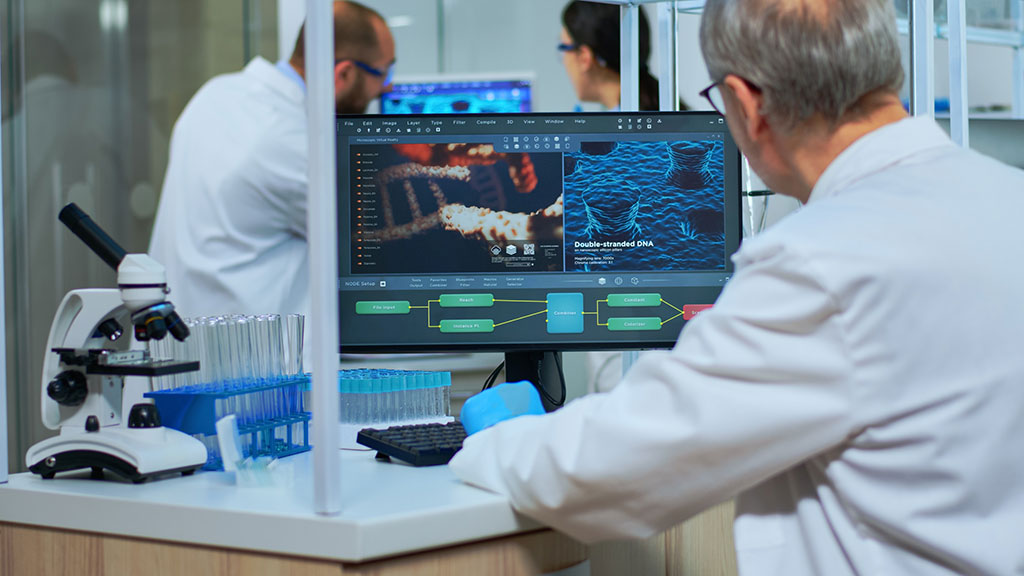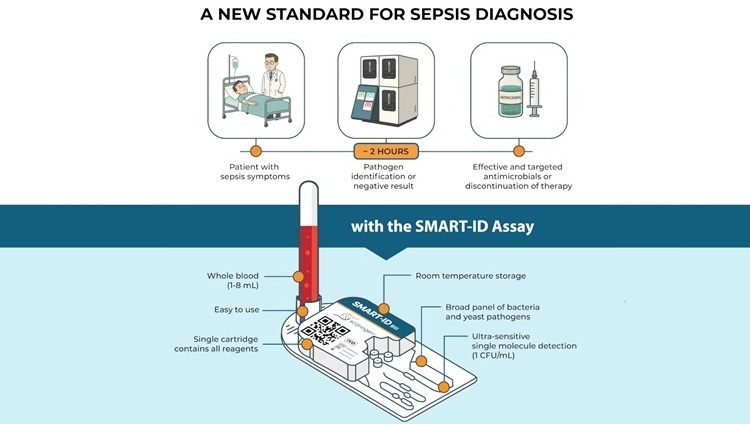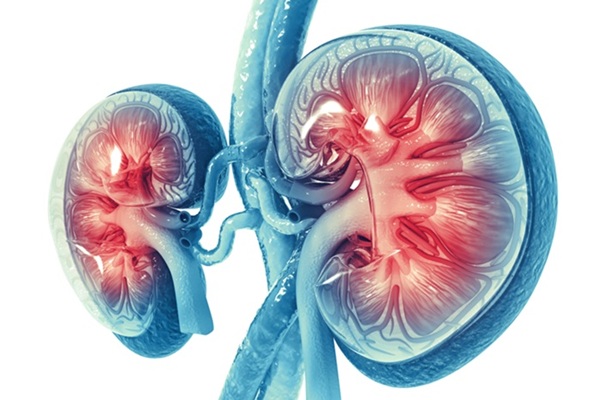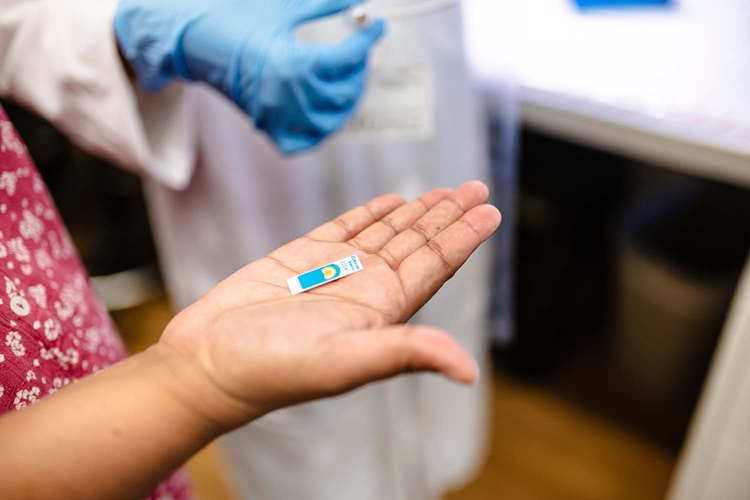AI Tool Beats Expert Pathologists in Predicting Breast Cancer Outcomes
|
By LabMedica International staff writers Posted on 11 Dec 2023 |

Pathologists traditionally assess cancerous tissues in patients to guide treatment strategies. This evaluation, known as grading, examines the appearance of cancer cells and is crucial in determining a patient's treatment plan. This grading process, focused on the morphology of cancer cells, has been a standard practice for many years. Now, a study has found that a new artificial intelligence (AI) tool outperforms expert pathologists in predicting the progression of a patient's disease based on tissue evaluations.
Developed by researchers at Northwestern University (Evanston, IL, USA), this AI tool offers the potential to significantly alter the treatment path for breast cancer patients. The tool's ability to more accurately identify those patients currently categorized as high or intermediate risk but who will have a favorable long-term prognosis could lead to less aggressive chemotherapy treatments. This advancement is particularly significant given the adverse side effects associated with chemotherapy, such as nausea and potential heart damage. Previous studies have highlighted the role of non-cancerous cells, including immune cells and structural tissue cells, in cancer progression. This AI tool is pioneering in its comprehensive assessment of both cancerous and non-cancerous elements in invasive breast cancer.
To train this AI model, the researchers utilized a large-scale, international collaboration of medical students and pathologists. This network provided extensive human-generated annotations of cells and tissue structures within digital images of breast cancer tissues, collected through a website over several years. The AI system evaluates 26 different aspects of breast tissue, producing an overall prognostic score. The system also generates individual scores for the cancer, immune and stromal cells to explain the overall score to the pathologist. For example, in some patients, a favorable prognosis score may be due to properties of their immune cells, where for others it may be due to properties of their cancer cells. This information could be used by a patient’s care team in creating an individualized treatment plan.
Adoption of the new model could provide patients diagnosed with breast cancer with a more accurate estimate of the risk associated with their disease, empowering them to make informed decisions about their clinical care, according to the researchers. Additionally, this model may help in assessing therapeutic response, allowing treatment to be escalated or de-escalated depending on how the microscopic appearance of the tissue changes over time. For example, the tool may be able to recognize the effectiveness of a patient’s immune system in targeting cancer during chemotherapy, which could be used to reduce the duration or intensity of chemotherapy. Next, the scientists will evaluate this model prospectively to validate it for clinical use. The scientists also are working to develop models for more specific types of breast cancers like triple-negative or HER2-positive. Invasive breast cancer encompasses several different categories, and the important tissue patterns may vary across these categories.
“Our study demonstrates the importance of non-cancer components in determining a patient’s outcome,” said corresponding study author Lee Cooper, associate professor of pathology at Northwestern University Feinberg School of Medicine. “The importance of these elements was known from biological studies, but this knowledge has not been effectively translated to clinical use.”
“These patterns are challenging for a pathologist to evaluate as they can be difficult for the human eye to categorize reliably,” said Cooper, also a member of the Robert H. Lurie Comprehensive Cancer Center of Northwestern University. “The AI model measures these patterns and presents information to the pathologist in a way that makes the AI decision-making process clear to the pathologist.”
Related Links:
Northwestern University
Latest Pathology News
- Tunable Cell-Sorting Device Holds Potential for Multiple Biomedical Applications
- AI Tool Outperforms Doctors in Spotting Blood Cell Abnormalities
- AI Tool Rapidly Analyzes Complex Cancer Images for Personalized Treatment
- Diagnostic Technology Performs Rapid Biofluid Analysis Using Single Droplet
- Novel Technology Tracks Hidden Cancer Cells Faster
- AI Tool Improves Breast Cancer Detection
- AI Tool Predicts Treatment Success in Rectal Cancer Patients
- Blood Test and Sputum Analysis Predict Acute COPD Exacerbation
- AI Tool to Transform Skin Cancer Detection with Near-Perfect Accuracy
- Unique Immune Signatures Distinguish Rare Autoimmune Condition from Multiple Sclerosis
- Simple Optical Microscopy Method Reveals Hidden Structures in Remarkable Detail
- Hydrogel-Based Technology Isolates Extracellular Vesicles for Early Disease Diagnosis
- AI Tool Improves Accuracy of Skin Cancer Detection
- Highly Sensitive Imaging Technique Detects Myelin Damage
- 3D Genome Mapping Tool to Improve Diagnosis and Treatment of Genetic Diseases
- New Molecular Analysis Tool to Improve Disease Diagnosis
Channels
Clinical Chemistry
view channel
Chemical Imaging Probe Could Track and Treat Prostate Cancer
Prostate cancer remains a leading cause of illness and death among men, with many patients eventually developing resistance to standard hormone-blocking therapies. These drugs often lose effectiveness... Read more
Mismatch Between Two Common Kidney Function Tests Indicates Serious Health Problems
Creatinine has long been the standard for measuring kidney filtration, while cystatin C — a protein produced by all human cells — has been recommended as a complementary marker because it is influenced... Read moreMolecular Diagnostics
view channel
Simple Urine Test to Revolutionize Bladder Cancer Diagnosis and Treatment
Bladder cancer is one of the most common and deadly urological cancers and is marked by a high rate of recurrence. Diagnosis and follow-up still rely heavily on invasive cystoscopy or urine cytology, which... Read more
Blood Test to Enable Earlier and Simpler Detection of Liver Fibrosis
Persistent liver damage caused by alcohol misuse or viral infections can trigger liver fibrosis, a condition in which healthy tissue is gradually replaced by collagen fibers. Even after successful treatment... Read moreHematology
view channel
Platelet Activity Blood Test in Middle Age Could Identify Early Alzheimer’s Risk
Early detection of Alzheimer’s disease remains one of the biggest unmet needs in neurology, particularly because the biological changes underlying the disorder begin decades before memory symptoms appear.... Read more
Microvesicles Measurement Could Detect Vascular Injury in Sickle Cell Disease Patients
Assessing disease severity in sickle cell disease (SCD) remains challenging, especially when trying to predict hemolysis, vascular injury, and risk of complications such as vaso-occlusive crises.... Read more
ADLM’s New Coagulation Testing Guidance to Improve Care for Patients on Blood Thinners
Direct oral anticoagulants (DOACs) are one of the most common types of blood thinners. Patients take them to prevent a host of complications that could arise from blood clotting, including stroke, deep... Read moreImmunology
view channel
New Test Distinguishes Vaccine-Induced False Positives from Active HIV Infection
Since HIV was identified in 1983, more than 91 million people have contracted the virus, and over 44 million have died from related causes. Today, nearly 40 million individuals worldwide live with HIV-1,... Read more
Gene Signature Test Predicts Response to Key Breast Cancer Treatment
DK4/6 inhibitors paired with hormone therapy have become a cornerstone treatment for advanced HR+/HER2– breast cancer, slowing tumor growth by blocking key proteins that drive cell division.... Read more
Chip Captures Cancer Cells from Blood to Help Select Right Breast Cancer Treatment
Ductal carcinoma in situ (DCIS) accounts for about a quarter of all breast cancer cases and generally carries a good prognosis. This non-invasive form of the disease may or may not become life-threatening.... Read moreMicrobiology
view channel
Rapid Diagnostic Test Matches Gold Standard for Sepsis Detection
Sepsis kills 11 million people worldwide every year and generates massive healthcare costs. In the USA and Europe alone, sepsis accounts for USD 100 billion in annual hospitalization expenses.... Read moreRapid POC Tuberculosis Test Provides Results Within 15 Minutes
Tuberculosis remains one of the world’s deadliest infectious diseases, and reducing new cases depends on identifying individuals with latent infection before it progresses. Current diagnostic tools often... Read more
Rapid Assay Identifies Bloodstream Infection Pathogens Directly from Patient Samples
Bloodstream infections in sepsis progress quickly and demand rapid, precise diagnosis. Current blood-culture methods often take one to five days to identify the pathogen, leaving clinicians to treat blindly... Read moreTechnology
view channel
Artificial Intelligence Model Could Accelerate Rare Disease Diagnosis
Identifying which genetic variants actually cause disease remains one of the biggest challenges in genomic medicine. Each person carries tens of thousands of DNA changes, yet only a few meaningfully alter... Read more
AI Saliva Sensor Enables Early Detection of Head and Neck Cancer
Early detection of head and neck cancer remains difficult because the disease produces few or no symptoms in its earliest stages, and lesions often lie deep within the head or neck, where biopsy or endoscopy... Read moreIndustry
view channel
Abbott Acquires Cancer-Screening Company Exact Sciences
Abbott (Abbott Park, IL, USA) has entered into a definitive agreement to acquire Exact Sciences (Madison, WI, USA), enabling it to enter and lead in fast-growing cancer diagnostics segments.... Read more






















